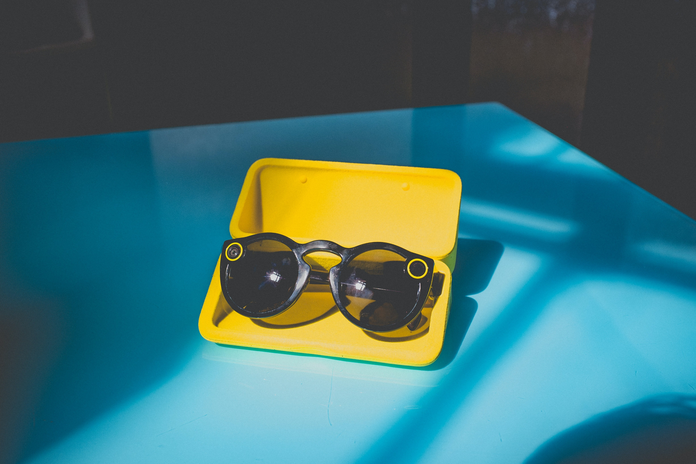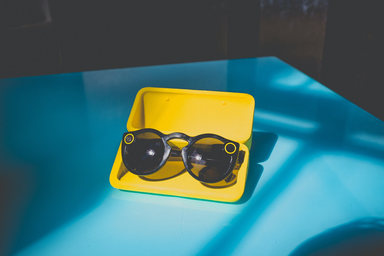If you have a phone and are active in the social media world in general, then you are most likely familiar with the social media application Snapchat. It’s a popular multimedia messaging app used globally by nearly everyone including our favorite celebrities and social media influencers. With Snapchat, you can message friends through chat, photo, and video and also keep up with everyone by getting a glimpse of their daily lives from watching their Snapchat stories.
Snapchat’s most popular feature is its filters which are known for altering your image in many different ways. Even though the filters are fun to use and play with, it’s rapidly leading to users developing facial dysmorphia because of how different they look in real life compared to on snapchat.
If you don’t know what facial dysmorphia is then let me break it down to you. It’s a mental health condition where the victim has a distorted perception of the appearance of their face. This usually includes distorted views on how their nose, skin, and teeth look. Some people check how they look in any reflective surface that they can find, but not out of vanity. It’s because they’re dissatisfied with the way they look. It’s an obsession with one or more bodily features, but in this case, it’s about their faces.
photo courtesy of morethan_skin
These inexact, and almost always negative, self-perceptions can lead to people with facial dysmorphia obsessing over specific features of their natural appearance to the point where it severely impacts their mental health and self-esteem. The term Snapchat Dysmorphia has been coined by Dr. Tijion Esho, an eminent medical aesthetician, who’s overwhelmed with demands from clients to look like the filtered selves they see on their phone screens. It’s causing public concern among specialists who are worried about its negative effect on people’s self-esteem and its ability to potentially trigger body dysmorphic disorder, a mental illness classified on the obsessive-compulsive spectrum.
Snapchat features upward of 20 filters that users can toggle through by simply swiping across their phone screens.
There are even more filters in the community lense section of the app where you can discover more filters that are specifically meant to correct your “imperfections”. Aside from adding flower crowns or puppy ears, filters can give a person longer eyelashes, wider eyes, a slimmer nose, plump lips, flawless and lighter skin, among other augmentations. The problem is, that’s not what we actually look like, but because we are constantly on this app and use filters any chance we get we start to become used to the alternate versions of ourselves on the app and don’t realize how bad it actually affects us until we start to notice how dependent we become on filters when we can’t take a regular picture without wanting all of the corrections snapchat filters provided us. This phenomenon encourages users to view their own, natural appearance as being unacceptable which is expected when you post selfies with filters and receive validation and compliments from others. This phenomenon makes it easy for people to become even more self-conscious because they start to pick out the small imperfections they noticed were corrected by filters.
You start to believe that your altered appearance is superior leaving you to wanting that image of yourself to be what you look like in real life, but the truth is, what you look like in selfies isn’t what you look like in real life. In a recent Journal of the American Medical Association study, researchers calculated facial distortion in selfies by experimenting with different camera angles. when taking a selfie while holding the camera inches from your face, your nose is going to seem significantly larger, but when you are a few feet away from the camera, that facial feature is proportional to a real-life scale.
It’s gotten to the point where people will go to plastic surgeons with their photos that are edited through Snapchat so they can look like the enhanced, often unrealistic, versions of themselves.
This is a very unrealistic and also dangerous expectation, as it trivializes procedures that are potentially high risk and it also sets up patients to live with unrealistic expectations of how they see themselves physically. While seeing your imperfections in the mirror is nothing new, knowing what you could look like without them is and it’s probably the most damaging part of social media culture.


